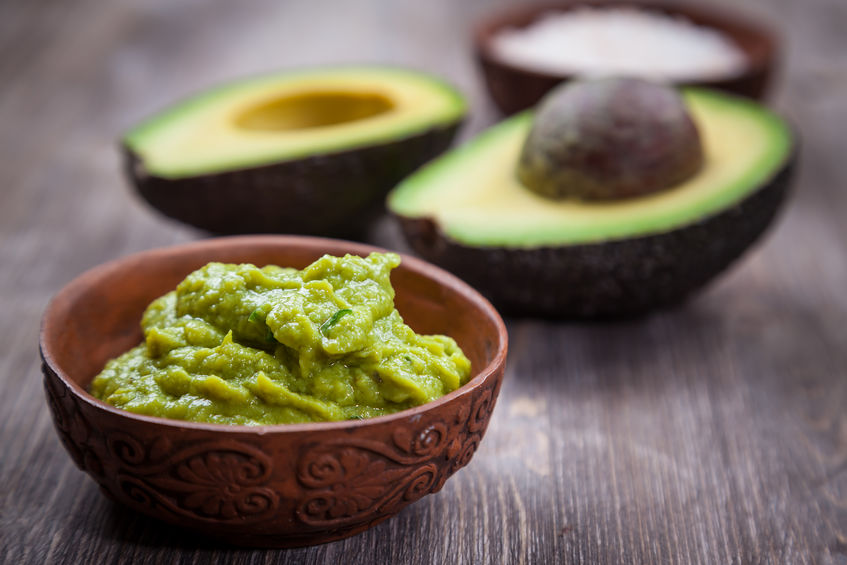Is a low fat diet healthy? For about 40 years, most major health organizations recommended a low fat diet to prevent heart disease.
But over the past decade, the American Heart Association, the federal dietary guidelines, and other nutrition authorities have shifted away from advising people to limit the total amount of fat in their diets. “Instead, the focus is on an overall healthy dietary pattern. That means an eating style that emphasizes vegetables, fruits, whole grains, and beans, along with only modest or small amounts of meat, dairy, eggs, and sweets,” says Dr. Eric Rimm, professor of epidemiology and nutrition at the Harvard T.H. Chan School of Public Health.
The reality is that eating more whole or minimally processed, plant-based foods will naturally lower your intake of fat, especially saturated fat. Found mainly in meat and dairy products, saturated fat can boost levels of harmful LDL cholesterol, a key contributor to heart disease.
But simply cutting back on all types of fat does not necessarily translate into a diet that lowers cardiovascular risk.
Is a Low Fat Diet Healthy?
So, is a low fat diet healthy? The Harvard Heart Letter outlines the history of the low fat diet recommendations.
Starting in the 1980s, when food manufacturers and consumers cut the fat from their products and diets, they replaced it with refined carbohydrates. People filled up on bread, pasta, low-fat chips and cookies, and low-fat sweetened yogurt. Eating lots of these highly processed carbohydrates floods your bloodstream with sugar, triggering a release of insulin to clear the sugar from your blood. But that can push your blood sugar too low, leaving you hungry again after just a few hours, which encourages overeating and weight gain.
What’s more, a steady diet of these unhealthy carbs can eventually impair your body’s ability to respond to insulin, which can lead to diabetes. Both obesity and diabetes are closely linked to a heightened risk of heart disease.
But eating too many refined carbs wasn’t the only problem. Avoiding unsaturated fats — those found in nuts, seeds, olives, avocados, and fish — isn’t necessary. Not only do these foods make your meals more satisfying and tasty, unsaturated fat promotes cardiovascular health.
What about ultra-low-fat diets?
Some physicians advocate an ultra-low-fat diet, which includes just 10% of calories from fat. This diet excludes all animal-based products (such as meat, poultry, dairy, and fish), as well as refined carbohydrates (including white flour, white sugar, and even fruit juice). But it also shuns some healthier unsaturated fats, including added oils and high-fat, plant-based foods such as avocados and nuts. Small studies have shown that this eating pattern may actually reverse the buildup of cholesterol-clogged plaque in the arteries.
At least some of that benefit may stem from the abundant fiber and other nutrients in the diet’s copious amounts of vegetables, beans, and whole grains, all of which are fairly scarce in the typical American diet. The only problem with an ultra-low-fat vegan diet is that it’s very challenging for most people to stick to over the long term. “If you are among the 1% of people who can, may the Force be with you,” says Dr. Rimm.
Harvard Health Recommends the Mediterranean Diet for Heart Health
For everyone else, a Mediterranean-style diet offers the best of both worlds — a plant-centric diet that’s not overly restrictive. The Mediterranean diet doesn’t require extreme eating habits that make it difficult to socialize with other people. What’s more, Dr. Rimm adds, is it tastes good and has the best evidence from long-term clinical studies for lowering a person’s risk of heart disease.
Simple steps to a Mediterranean-style eating plan
To ease into this eating style, look over these suggestions from registered dietitian Kathy McManus, director of the Department of Nutrition at Harvard-affiliated Brigham and Women’s Hospital. Choose one, try it for a week, then gradually add more changes over time, she advises.
Switch from whatever fats you use now to extra-virgin olive oil.
Start by using olive oil when cooking, including in salad dressings. Try swapping olive oil for butter on crusty bread.
Have salad every day.
Choose crisp, dark greens and whatever vegetables are in season.
Go nuts.
Instead of a bag of chips or cookies, have a handful of raw nuts as a healthy snack.
Add more whole grains to your meals.
Experiment with bulgur, barley, farro, brown rice, and whole-grain pasta. Select dense, chewy, country-style bread without added sugar or butter.
Add a variety of vegetables to your menus.
Add an extra serving of vegetables to both lunch and dinner, aiming for three to four servings a day. Try a new vegetable every week.
Eat at least three servings of legumes a week.
Options include lentils, chickpeas, pinto beans, and black beans.
Eat less meat.
Choose lean poultry in moderate, 3- to 4-ounce portions. Save red meat for occasional consumption or use meat as a condiment, accompanied by lots of vegetables, as in stews, stir-fries, and soups. Eat more fish, aiming for two servings a week. Both canned and fresh fish are fine.
Cut out sugary beverages.
Replace soda and juices with water.
Eat fewer high-fat, high-sugar desserts.
Fresh fruit or poached fruit is best. Aim for three servings of fresh fruit a day. Save cakes and pastries for special occasions.
Click here to read full article on is a low fat diet healthy.






